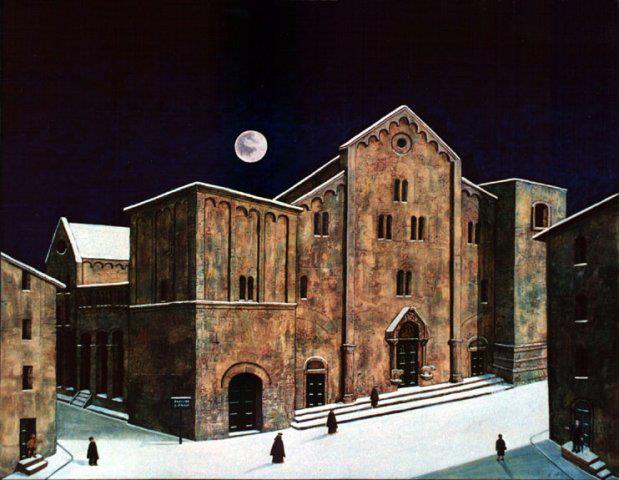Didier Lourenço was born in Premià de Mar, Barcelona. At the age of 19 he began working in the lithography atelier of his father, where he learned the trade of lithography.
In 1988 Didier made a corner of the atelier his place for painting on canvas and paper. He shared his time between painting and printing lithographs for himself and professional artists.
The atelier would prove to be his best classroom, a place where Didier would build his education in the world of painting. That year he presented his first individual show and also edited his first collection of lithographies.


.jpg)



.jpg)

